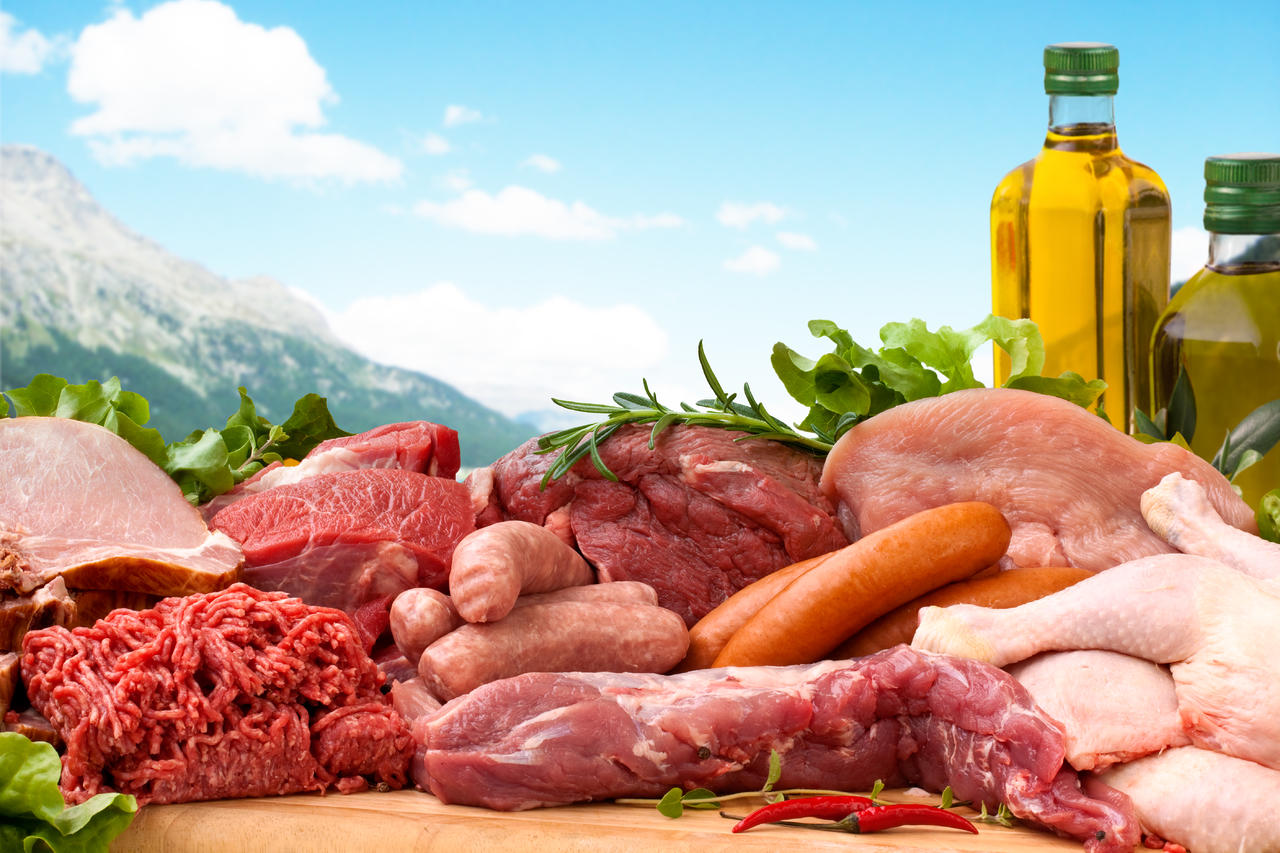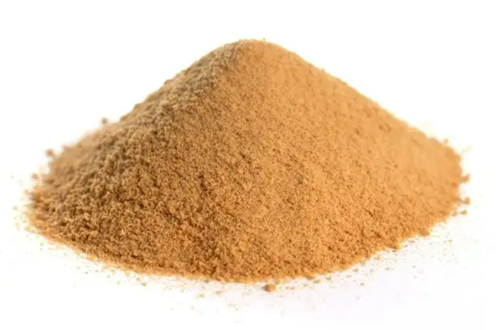Applications of Herb Extracts For Food Preservatives
At present, most of the food preservatives are synthetic chemicals such as benzoic acid, sodium benzoate, sorbate, potassium sorbate, calcium propionate, etc. Although the amount in line with the regulations will not cause harm to human body, but they do not have any health benefits. With the pursuit of healthy diet, natural preservatives began to replace artificial preservatives gradually become the new favorite, such as microbial source of lactostreptococcus, monascus rice; Animal-derived lysozyme, chitosan, protamin, propolis; Plant – derived tea polyphenols, garlic extract, etc. Many herbs such as peppermint, basil, rosemary, thyme, nettle, cinnamon bark, cloves and licorice can be used as alternative sources of natural antimicrobial and antibiofilm agents with potential use in food industry. The following plant extracts are natural preservatives widely used in the food field.
Green tea extract
Tea polyphenol is a natural antioxidant, preservative and food additive extracted from fresh tea. It can replace butylhydroxyanisole (BHA), propyl gallate (PG) and butylated hydroxytoluene and other artificial antioxidants, and is used for preservation of oil, meat products, aquatic products, beverages and other foods. Biochemical components of tea polyphenols mainly include catechin, flavonoids and flavonols, anthocyanins and anthocyanins, phenolic acids and phenolic acids, etc. All these compounds have polyphenolic hydroxyl structure, among which catechin is the main component of tea polyphenols, accounting for about 70% of the total amount of tea polyphenols, and has the strongest activity. These compounds have antioxidant, free radical scavenging, sterilization and other effects, can kill botulinum and spores, inhibit the activity of bacterial exotoxin, Staphylococcus aureus, Bacillus mutans have obvious inhibitory effects.
When tea polyphenols are added to meat products, the proteins on the surface of meat products and tea polyphenols can form an airtight hard film, which can inhibit the oxidation rancy and growth of bacteria on the surface of meat products and prevent spoilage. In addition, tea polyphenol has the function of inhibiting oil oxidation rancidity, which has been applied in the fields of edible animal and plant oil, fried food and aquatic products preservation. Adding it to snack foods not only effectively preservative, but also improves the flavor and color of the food itself. Green tea extract can not only be used as fresh-keeping agent directly but also be added to packaging auxiliary materials. Studies have shown that compound gasket made by adding 10% tea polyphenols as transportation and storage materials of cold meat can inhibit bacterial growth, reduce fat oxidation, delay the spoilage of fresh meat, and extend the shelf life from 3 days to 5 days.
Cinnamon extract

Cinnamon
Cinnamaldehyde has strong bactericidal, antiseptic and antitumor effects. The results of antifungal experiments of cinnamon extract against pathogenic fungi under various conditions showed that cinnamaldehyde had an antibacterial effect on all the tested bacteria. Cinnamaldehyde can be used in preservation and preservative of grain, vegetable and fruit. It not only improves the taste, but also replaces sodium benzoate and potassium sorbate as preservatives in tea drinks, and can be used in wine to make it bright.
The main preservative used in fruit storage and transportation are carbendazim, thiamendazim, methyl thiamendazim, sulfur dioxide, which often have certain toxicity, but also affect the taste of fruit. Cinnamaldehyde has the advantages of low toxicity, safety, low cost and aromatic smell. As a safe natural source material, cinnamaldehyde is expected to become the most common preservative for fruit freshness.
Pomegranate peel extract
The skin of pomegranate is considered thick and difficult to peel, but it has the effect of stopping diarrhea, stopping bleeding and repelling insects in Chinese medicine. The results showed that the ethanol and water extracts of pomegranate peel had broad-spectrum antibacterial activity because the tannic acid of pomegranate peel had obvious inhibitory effect on a variety of bacteria and fungi. At room temperature, fresh meat will breed a variety of bacteria within a day, such as E. coli, Salmonella, Clostridium perfringens, etc., and people often add preservatives to inhibit the growth of microorganisms. In recent years, scientists from India have found that pomegranate peel extract has a good effect on the preservation of meat, it can double the freshness of meat without freezing conditions without affecting the taste. Experiments have found that injecting pomegranate peel extracts into mutton effectively protects the meat from rotting bacteria, but this is worth more research.
Garlic extract
Allicin, an extract of garlic, can activate cells, promote energy production, increase antibacterial and antiviral abilities, and has a strong killing effect on gram-positive and Gram-negative bacteria. Japanese scholars found through research, garlic on dozens of bacteria and fungi causes food corruption and has strong inhibition and killing effect, its effect strength is equal to or even stronger than the chemical preservatives benzoic acid, sorbate, is currently found in the natural plant antibacterial effect of the strongest one. Allicin can be used for the preservation of fruits and vegetables, it can obviously improve the flavor color of fruits, improve fruit quality, reduce the red index and decay rate, inhibit the loss of vitamin C content, while retaining a greater degree of nutrition.
Rosemary Extract
Rosemary extract contains a variety of effective ingredients such as carnosic acid, rosmarinic acid and carnosic phenol, which not only has the antioxidant effect of traditional plant extracts but also has more anti-corrosion and antibacterial activities. It is widely used in food supplements, food and beverage, fresh meat, pasta and even condiments, and is known as the third generation of green food antioxidants recognized in the world. Currently, 30% of the antioxidants in the United States and Japan use natural antioxidants, mainly vitamin E and rosemary antioxidants. Rosemary extract was approved in Europe in 2008 for use as an antioxidant in organic foods, but only if it is organically grown and extracted from ethanol.
Onion extract
Onions not only provide unique taste and smell, but also stimulate appetite and aid digestion. Onion extract has antioxidant and antibacterial properties and can be used as a food preservative. Experiments have found that phenolic compounds in Onions inhibit the growth of a variety of bacteria, such as Bacillus cereus, Staphylococcus aureus, micrococcus luteus, listeria, and especially those associated with food corruption. On the other hand, onion contains prostaglandin A and methylubulurea, which have certain antihypertensive and hypoglycemic effects and can inhibit the rise of blood lipid caused by high-fat diet, and can be used as raw materials for functional food.
Herbs and spices contain disease-fighting antioxidants and can add flavor to foods without increasing salt, fat or sugar contents. They can also be preserved to extend their use. They are gaining importance in recent years as natural food preservatives. They exhibit antimicrobial properties to inhibit the growth of microorganisms in foods that extend their shelf life. This depends on the amount of phenolic compounds present in herbs and spices. But, the amounts of these phenolic compounds vary in different herbs and therefore their antimicrobial effects differ too. Their applications in the food industrial need more research too.



